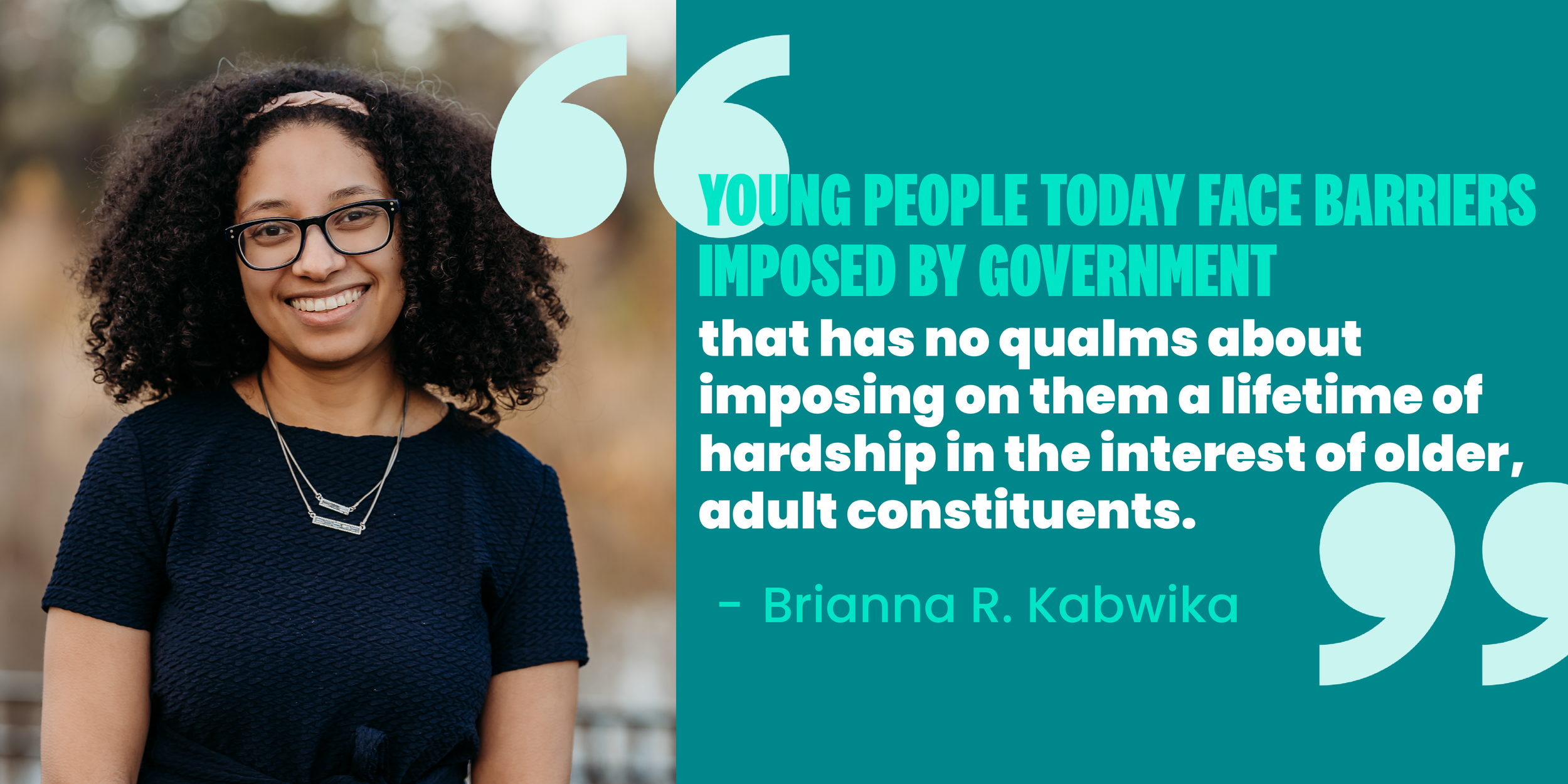Brown v. Board of Education: Celebrating the Anniversary, the Young People Who Led the Civil Rights Movement and The young people Fighting for climate rights today
May 16, 2024
Mrs. Nettie Hunt and daughter Nikie on the steps of the Supreme Court, 1954. Gelatin silver print. New York World-Telegram & Sun Collection, Prints and Photographs Division, Library of Congress (97) Digital ID # cph 3c27042
Seventy years ago, the Supreme Court ruled that separating school children by race relegated black children to an inferior status that “may affect their hearts and minds in a way unlikely ever to be undone.” Thus, racial segregation in schools violated the Fourteenth Amendment of the Constitution. The landmark ruling in Brown v. Board of Education, made the final blow to legalized, state-sponsored racial segregation. Thurgood Marshall, and other NAACP lawyers on the case, deserve a great deal of credit for their novel legal strategy, which argued schools could never be separate and equal.
However, that legal strategy would be meaningless without the bravery of more than 200 school-aged children and their families who presented their stories to trial judges and the Supreme Court in Brown. The named child plaintiff, then 7-year-old Linda Brown, has described to audiences her experiences leading up to the lawsuit. Despite living in an integrated neighborhood, she could not attend the nearby school her playmates attended. At her young age, she could not understand why she had to walk several blocks, through railroad yards and across a busy avenue, to catch a bus that would then drive her two miles across town to a school for black children. Long into adulthood, Linda Brown could recall tears freezing on her face as she attempted to walk to the bus stop on very cold days and how on some days, she would just turn around and go home instead of facing the cold.
She explained the heart of her lawsuit wasn’t the quality of her education, “but it was the distance that [she] had to go to acquire that education.”
Linda Brown faced physical barriers to her education imposed by government that had no qualms about inflicting second-class citizenship on black children in the interest of its white constituents.
Reflecting on the impact of Brown in an interview 30 years later, Linda Brown said, “I think it has made the dreams, hopes, and aspirations of our young people greater today.” History has confirmed that Brown had a significant impact on igniting action during the Civil Rights Movement of the 1950s and 1960s. Young people marched, conducted sit-ins at lunch counters and on buses, faced firehoses, dogs, and jail cells all in an attempt to realize the promises of the Constitution. Today, on the anniversary of Brown, we remember those who fought for a world where their children and grandchildren would not be subject to a government-sanctioned racial caste. While progress is still needed to fully eradicate racial discrimination and the vestiges of slavery, the significance of Brown is not lost on this attorney from the deep south, granddaughter of slaves and freedom fighters.
Inspired by the those who came before them, young people continue to lead frontline battles to preserve their rights and the rights of future generations from government infringement.
Like all the staff at Our Children’s Trust, I have the unique privilege of elevating the voices of young people who suffer from climate change impacts stemming from government action. While we prioritize preparing an excellent legal strategy for our young clients, it is their voices that history will remember. These young people have lost homes, developed illnesses, missed school, and face regular wildfires, floods, storms, and rising tides due to climate change events and pollution. Though for different reasons, like Linda Brown, these young people are experiencing distance between them and the normal activities of youth. Climate change limits their ability to go to school, play outside, participate in sports, practice spiritual and cultural beliefs, and at times has forced them to consider different choices for future careers and families. Ultimately, climate change has caused them trauma and interfered with their physical and mental development, literally affecting their hearts and minds in a way that may never be undone.
Certainly, preserving a right to a stable and livable climate system for these youth is necessary to protect all their other fundamental rights including rights to life, liberty, property, and equal protection of the law. In the spirit of Brown, youth plaintiffs are taking their stories and constitutional violations to the courthouse, so their children and their grandchildren do not face the same government-imposed barriers of climate change. So that their children and grandchildren can feel safe and secure in their homes and at play. So that they may breathe deeply the clean air as they walk to school. So that they may realize the full promises of the Constitution. Like Linda Brown 70 years ago, young people today only ask courts to perform their duty under the Constitution, that is—to listen.


